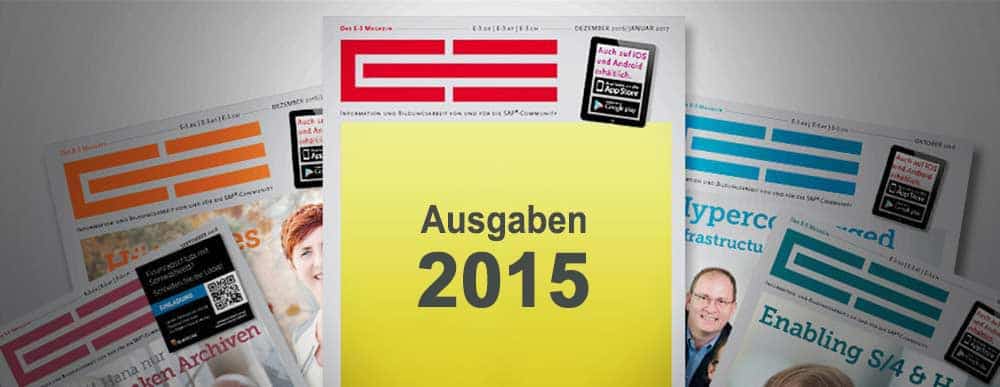Digitalization: The future role of ERP


All communication in business life will be digital in the future. The boundaries of companies will be broken down by the inclusion of partners, customers, suppliers, administration and the public.
It is no longer just about using and managing the company's own information, but about embedding it in the new DiConomy - the digital business world.
This flood of information is putting companies' IT solutions to the test. Alternatives have long since emerged with offerings in the private cloud and the public cloud. The role of ERP must therefore also be reassessed.
Until now, ERP systems have been the rock in the surf of the information flood. No large company could manage without ERP for business-critical data.
There is order in the world of ERPs. Over time, ERPs have been expanded more and more, functionally to include CRM, PLM and other disciplines, but also application-oriented to include complete industry solutions.
ERP solutions have long been able to use and integrate even weakly structured information objects such as documents. At first glance, the central position of ERP appears to be secure.
Current challenges
However, if we look at the changes in usage models and information types, a different picture emerges. Traditional, complex user interfaces are now competing with simple, intuitive and more focused apps.
The inclusion of customers, suppliers and partners poses new challenges for the authorization and information classification components, which are reflected in the design of the licensing policy.
Big data and analytics have long included other sources in their evaluations that challenge the primacy of ERP as the repository of digital truth.
Solution approaches
How is the ERP world responding to these challenges? On the one hand, with customized, ready-made solutions from the cloud. In addition to the previous models with more traditional outsourcing by operating the ERP solution in a data center, new solutions such as portal-based solutions for groups of companies and company networks, as well as genuine SaaS cloud solutions that can be adapted with little effort, are coming onto the market.
Integrators and innovative providers who, for example, use data glasses to make information from the ERP systems directly usable in line with the situation, offer approaches for new user interfaces.
It is more difficult to modernize long-established architectures in the subsurface of the systems so that they adapt to the new environments. This is where SAP has taken a strategic step forward with Hana.
Nevertheless, in many installations, the grown and highly customized ERP solutions are in danger of developing from a "rock in the information surf" to a "clog on the leg".
Information managers today are faced with the problem of facing up to change - even more so the new business requirements of "business", processes and the handling of information than IT from a technical point of view.
Developing and maintaining a strategy has become increasingly difficult, as changes in technology, requirements and usage models are coming at them ever faster and ever more disruptively.
The role of in-house ERP, outsourced or as a cloud offering, is therefore currently one of the central points of discussion among CIOs and other C-level managers.
This will also be a key topic at the IT & Information Management Strategy Summit on September 23-24, 2015 in Berlin. The role of ERP in the digital transformation and as the basis for Industry 4.0 is a common thread running through the best-practice presentations by renowned CIOs and IT managers from companies such as Volkswagen, DLR and KHS.
Without redefining the role of ERP, many other problems - from security and information governance to supporting innovative business models - cannot be solved.





